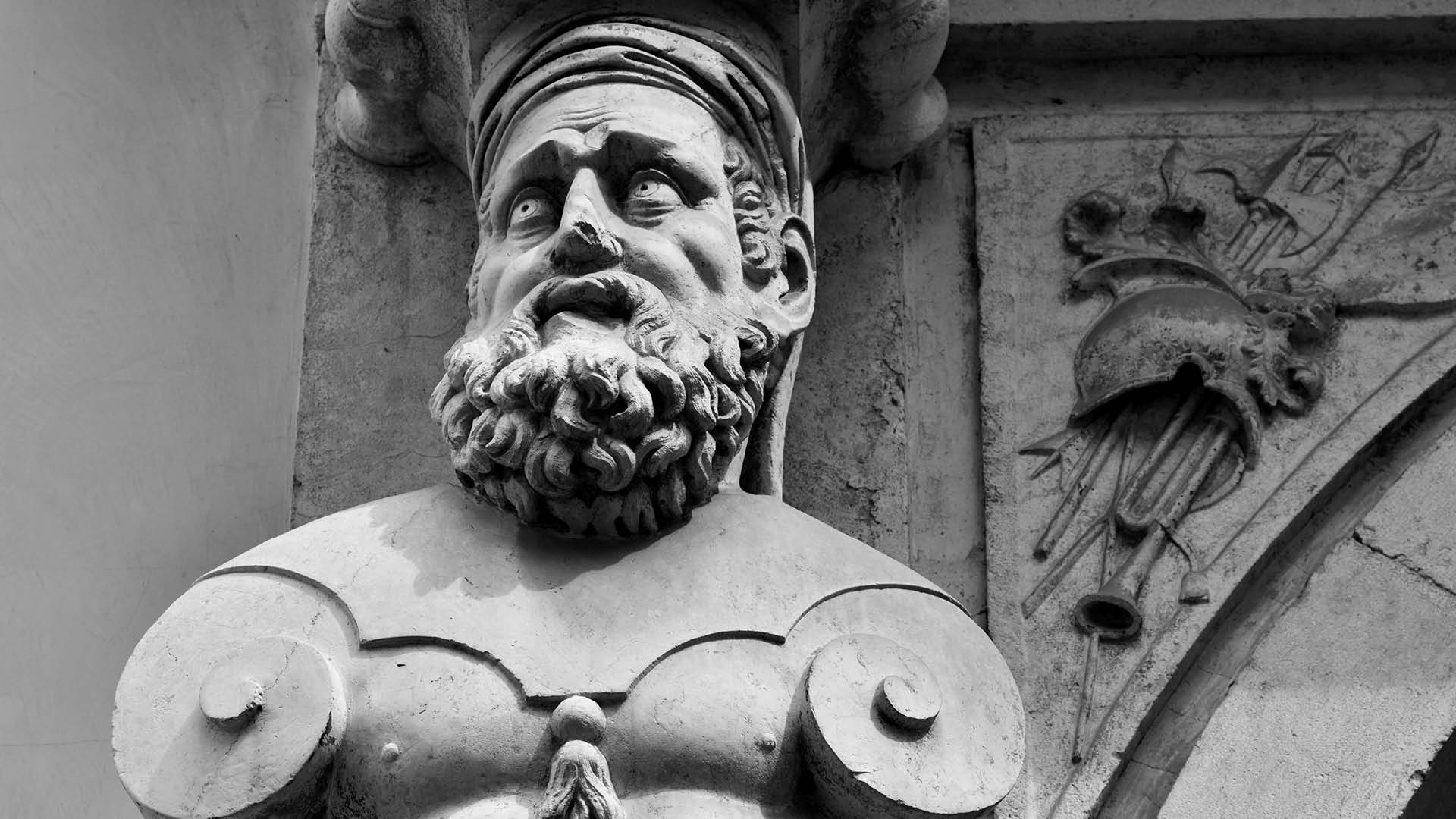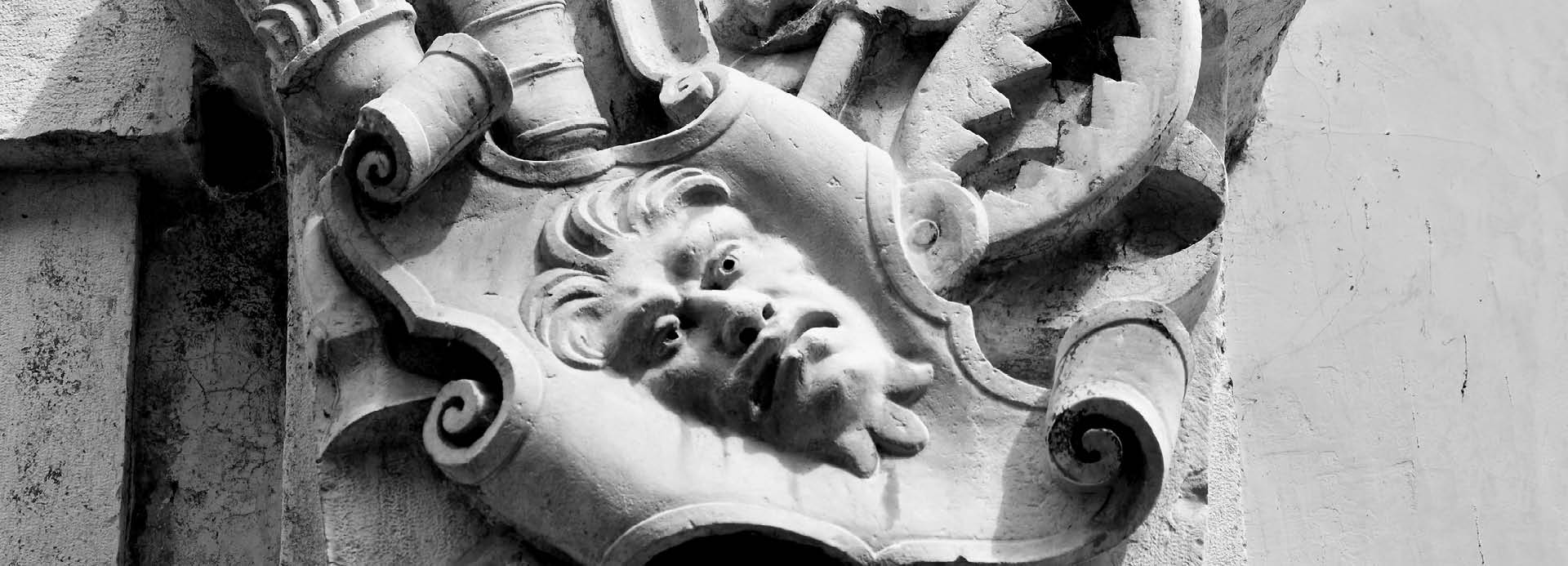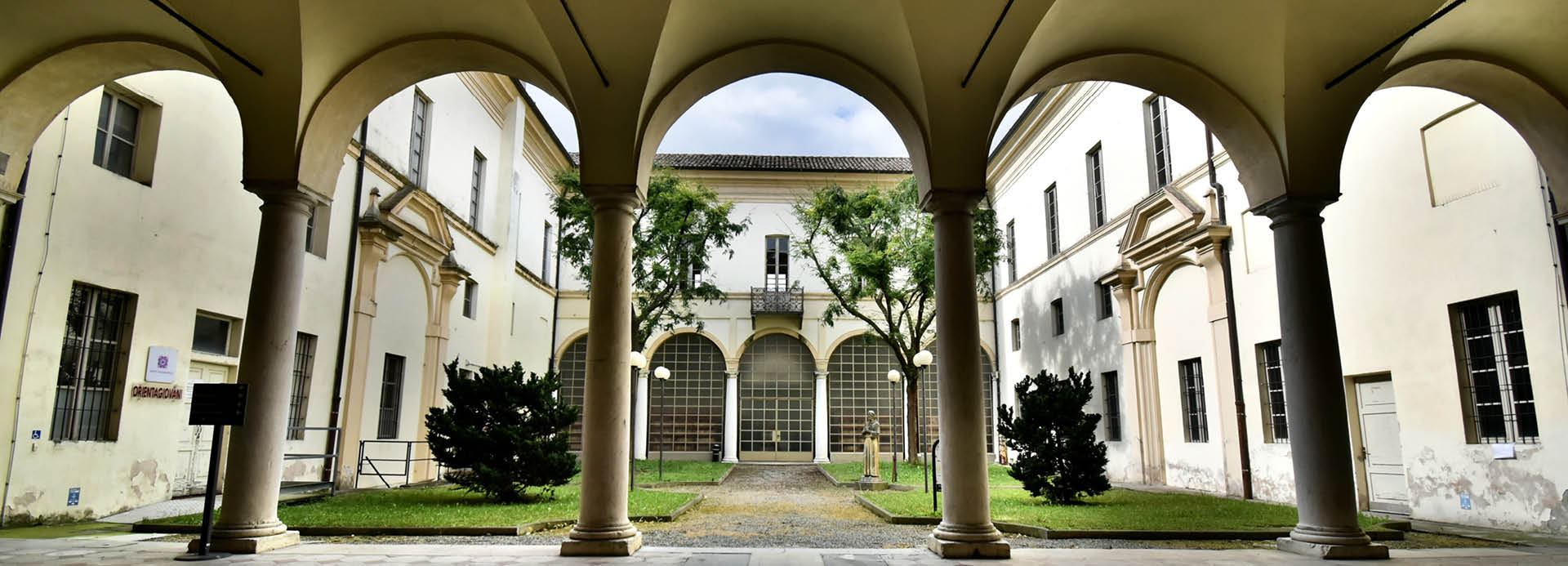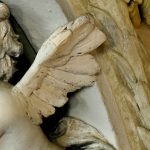 Tutti i luoghi
Tutti i luoghi
The history of this building is closely intertwined with that of the Benzoni family, who lived here between the 15th and 18th centuries. In spite of the various changes of use over the years the current aspect dates back to work undertaken between the 17th century and the beginning of the 18th century. After architectural works to enlarge the building commissioned by Roberto Benzoni, in 1627 it was Giovanni Andrea Benzoni who decided to redecorate and re-design both the interiors and the facade, the latter being adorned with a majestic doorway purchased from the heirs of Francesco Tensini, who had previously commissioned it for his own residential palace. The high relief decoration of the doorway displays a number of decorations and symbols illustrating the life of Federico Tensini, who had distinguished himself as both artillery general and military engineer. Explosive devices, bullets, standards, pincers, crests, trumpets and drums can all be made out.

Following the death of Luigi Benzoni in 1795, the palace passed into the hands of Maurizio and Venceslao Frecavalli, until it was sold in 1832 to house ‘The Hospital for the Homeless and Beggars’, which remained until 1929. After extensive restoration in 2002, the palace now hosts the town public library. Many examples of the palace’s glorious past have been preserved, for example the elegant 16th century facade displaying gabled windows and a decorated wrought iron balcony which sits over the doorway. Of course the impressive grand staircase, which opens out onto the gallery on the first floor cannot be missed. The staircase itself is adorned with statues in stucco, created by Girolamo Aliprandi, which illustrate the virtues of the illustrious household, Charity (Carità), Protection (Custodia), Harmony (Concordia), Economy (Economia), Prudence (Prudenza), Loyalty (Fedeltà ) and Temperance (Temperanza). The gallery at the top of the staircase has wooden doors, over which impressive lintels are decorated with stucco cherubs, vases of flowers, crests, wreaths, spirals, drapes and medallions with the profiles of both men and women. Three parallel rooms open from the south side of the gallery.

The first functions as an alcove, as can be seen from the archway of joyful, stucco cherubs and from the fresco of Diana and Endimione. On the west side of the gallery there are again another three rooms, these being of particular interest as they are decorated with friezes and vaulted ceilings with paintings of ‘The Triumphs of Diana and Venere’ and ‘Spring’ (Primavera), by Francesco Maria Bianchi and all framed with Baroque-style, stucco embellishments. It is believed that the painter Giovanni Battista Brunelli resided in the palace in 1682. However, he does not seem to have left any of his own work.

Francesco Tensini (1580-1638), seems to have been quite a character. He was exiled after playing a practical joke upon one of his contemporaries, the Marquis Zurla. In 1595, Tensini sent out invitations to a non-existent performance of Pastor Fido, which was to be held in the Marquis’s Palace. Zurla was none too pleased when his home was descended upon by hordes of would-be spectators! Tensini was sent away from his hometown and proceeded to undertake a military career, which resulted in him becoming both an artillery general and a military engineer working for the most important sovereigns of the time in Spain, Flanders, Holland, Bohemia and Bavaria.

In 1620, after the war of Valtellina, he returned to Crema and bought some land in the area of Santa Maria della Croce. In 1624 he published a treaty entitled “La Fortificazione, Guardia, Difesa
et Expugnatione delle Fortezze Esperimentata in Diverse Guerre”, which described his experiences in various battles and wars in the protection, defence and taking of fortresses. Even his death appears to be like something from a novel, as in 1638 while he was returning home in his carriage, he was murdered by Giovanni Battista and Vincenzo Balis Crema. (Source – “ Proseguimento della Storia di Crema”., L. Canobio, Milano 1849, pg. 166).
































